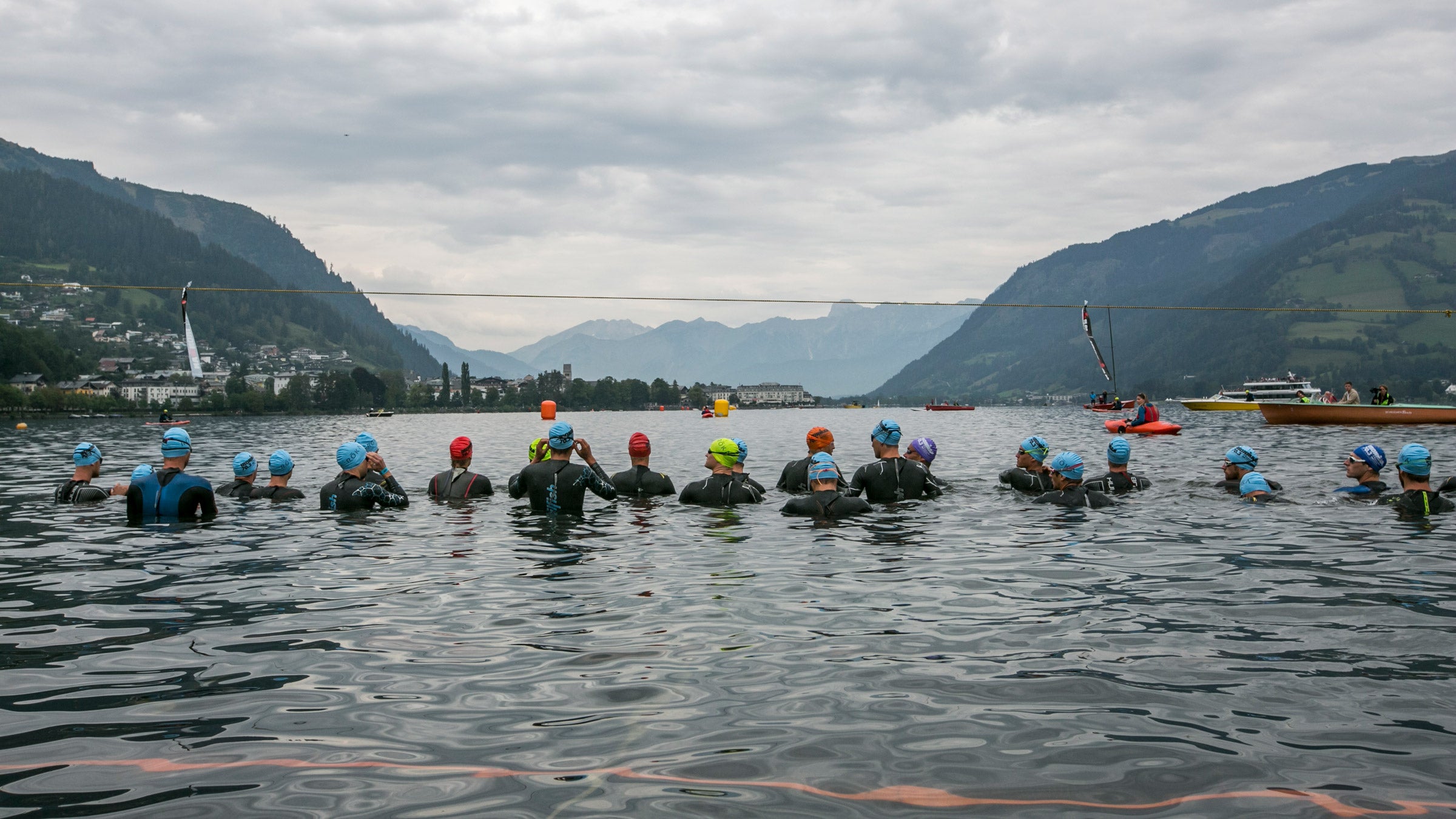Dear Coach: How Should I Plan My 2021 Triathlon Calendar?

Sorting out your 2021 triathlon season can be a little tricky. (Photo: Jan Hetfleisch / Getty Images)
With the arrival of a new year comes new goals and fresh opportunities to race, which after the 2020 season is obviously even more exciting than usual. With so many races postponed or canceled in 2020 and pushed to 2021 instead, for many athletes the 2021 race season could be an especially busy one. Before getting too excited and overcommitting yourself, it’s well worth stopping to think about how you race best and what type of racing schedule will work for you.
Many of the athletes I coach are already looking at the race calendar for the season ahead and there are so many great choices, it can be bewildering. You might be an athlete who can race with high frequency–or you might be someone who prefers to space out your “A” races. There is no right or wrong way, but you do need to know what’s best for you, your physiology, your experience and your lifestyle.
When I was racing, I personally liked to go to key races off big builds: I would typically only approach “A” races after long blocks of consistent training that would help deliver me to the start line in the best shape possible. I needed to feel like I’d come into good form and was really excited for a special day. If everything had gone well, I wasn’t too tired and I was really fit. I might have selected some “B” and “C” races to help ensure I was mentally and physically prepared to race, but not too many.
However, there are many athletes who like to race themselves fit and compete a lot over many months of the year, backing up race after race. This might mean selecting a higher number of “B” and “C” races to help prepare you for your “A” races. Athletes taking this approach should be prepared to bridge together races and be aware of how to adapt and tweak their training accordingly as they prepare, race, recover, and build back up to race again. This style of racing typically suits people who gain fitness slowly and lose fitness quickly. Ideally, you’d have a huge base of training, are very strong, and recover quickly. If you’re thinking that you might want to try this style of racing next season, ask yourself three questions first: Do you recover quickly from races? Do you mentally have the mojo to push races close together? Do you hold onto fitness after huge training blocks? If the answer is yes to the above, this racing style may suit you. But if the answer is no, then don’t be afraid to turn down some opportunities to race and be more selective about when you choose to hit the start line. Select your “A” race and then plan backwards from that date to ensure you have ample time to build up your training and log the weeks and months of training that your body needs. Understanding what works best for you is key.
Marilyn Chychota is a USAT-certified coach and former pro triathlete who is now owner and head coach at Marilyn Chychota Coaching. Find her at MarilynChychotaCoaching.com.